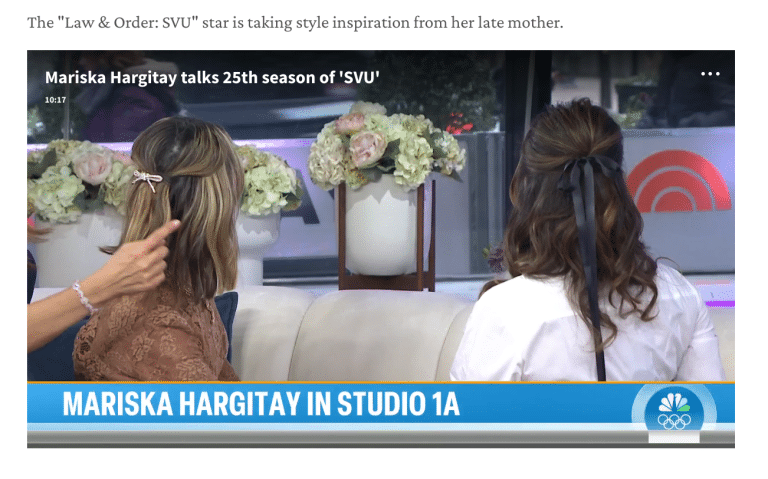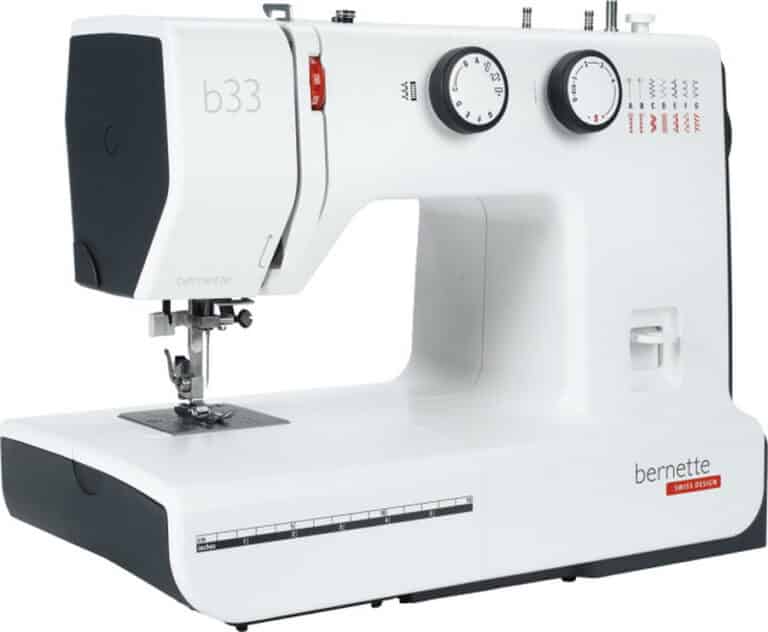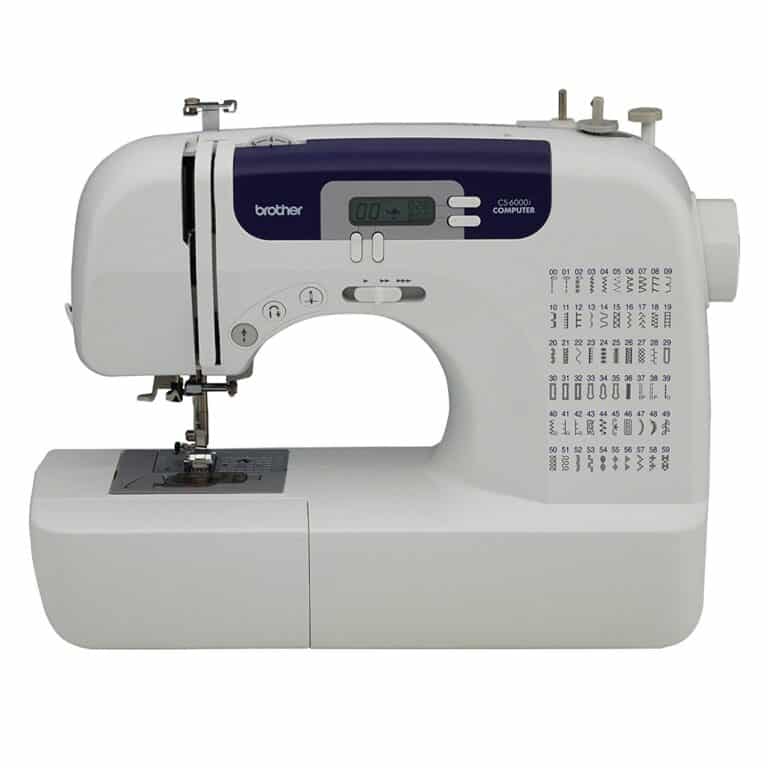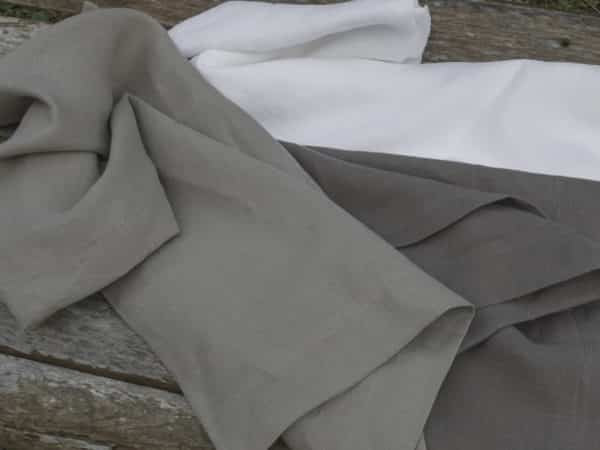Juki TL-15 Quilting Sewing Machine Review
Table of Contents
TL-15 Quilting & Sewing Machine by Juki
The brand new Juki TL-15 is a top-tier sewing and quilting machine. The TL-15 is a compact machine with a single needle and a lock stitch. Its aluminum die-casting construction ensures professional results even on the go.
This high-tech Juki quilting and sewing machine is equipped with a wide range of useful features, including an industrial and Serial sub-tension system, a slider for adjusting the machine’s speed, and a brilliant white LED light. The TL15’s wide 23-inch work surface (with an optional table installed) makes it ideal for quilting, sewing, and other home decorating projects.
[azonpress template=”grid” asin=”B0B91QQMF8″]Features of the Juki TL-15 Quilting and Sewing Machine
Automatic Thread Trimmer
With the touch of a button, the Juki TL-15 Quilting and Sewing Machine’s thread trimmer will cut both the needle and bobbin threads at the end of the sewing process. It employs a mechanism for cutting threads that is similar to that found in industrial sewing machines and can successfully cut threads of varying thicknesses. The foot pedal can also be used to engage an automatic thread trimmer.
Bobbin Replacement
Removing and replacing the bobbin is now much simpler thanks to the redesigned bobbin case lock and the increased size of the bobbin case in the Juki quilting machine. When the secondary table is in use, a sliding plate provides easy access to the bobbins for both removal and loading.
Needle Stops in a Specified Place with the Juki TL-15 Quilting and Sewing Machine
When you release the pedal, the machine will skid to a precise halt with the needle in the down position. Simply push the needle up/down button to raise or lower the needle. When held down for an extended period of time, the button causes the machine to sew at a very slow pace, one stitch at a time.

Ability to Sew Thick Fabrics
The Juki TL-15 Quilting and Sewing machine has a microcomputer-controlled speed mechanism that allows the machine to sew slowly. This allows for flawless feeding and stitching when working with thick fabrics, quilting, or several layers.
You may start stitching right away without straining your eyes thanks to the automatic needle threader’s push-lever design.
Pressure Foot
The pressure applied by the presser foot can be changed by twisting a regulator on top of the machine so that it is optimal for the cloth being used. A pressure indicator then displays the reading.
Free-Motion Quilting and Free-Hand Embroidery with the Juki TL-15
The Juki TL-15 Quilting machine comes with two different quilting feet already attached. For standard quilting, use a 15-inch quilting foot, while the smaller 1/4-inch foot is for more precise sewing with a narrower stitch. Simply pressing a switch allows you to raise or lower the feed dog. The drop feed feature facilitates sewing curved threads when quilting.
The presser foot may be raised and lowered with the aid of the knee lifter, which eliminates the need to use your hands. When the presser foot is raised to its maximum height of 12mm, anything from lightweight to heavyweight fabrics can be moved in and out of the sewing area with ease.
The machine comes with a thread tension scale so that the user may customize the tension for each thread and fabric type.
You might also be interested in:
Juki TL-15 Industrial Quilting and Sewing Machine
The Juki TL-15 Quilting and Sewing machine has an aluminum die-casting arm and bed. Sewing with less vibration and higher quality is now possible thanks to this touch body. The TL-15 is equipped to accept a wide variety of industrial presser feet thanks to its numerous useful features.
Take a look at these features:
Size 50.0 inches Height 30.0 inches Diameter 7.8 inches
Specifications
Stitch Per Minute Rate: 1500
Maximum stitch length of 6mm; 17.8″ wide by 13.8″ high by 8.6″ deep; straight stitch only;
Machine-alone weight is only 25.4 lbs.
Hook: Full-rotational hook mounted on a horizontal axis
Auxiliary Table (dimensions): 23.2in x 13.1in • Presser foot lift (maximum): lever – 9mm, knee lifter – 12mm
All-New, Enhanced LED Lighting
There is a 9-inch distance between the needle and the right side of the throat, and a 6-and-a-half-inch height difference between the top and bottom of the tube.
The Longest Stitch Possible Is 6mm
Presser foot durability: 9mm max. by lever, 12mm max. Knee Raise Bed and Arm Made of Aluminum Die Cast
Extending the Reach and the Sewing Table
Ultra-light and easily transportable
Foot-operated, horizontal-axis, full-rotary hook sewing machine with the basics covered.
8.5″L x 5.9″H Throat Space, Automatic Bobbin Winder
Size of Side Table: 12″ Wide x 23″ Long
Accessory Standards
Quilting Foot Front Open Toe 1/4″
Quilting Foot Switch Stopper
Even Feed Foot
Standard Presser Foot Quilt Guide for Upper Feed (Walking Foot)
Buyers Guide for selecting a quilting-specific sewing machine
Quilting predates the Middle Ages in Europe but extends back even further in the Middle East and Asia. Millions of sewers worldwide are currently engaged in the craft of quilting to create bed spreads that serve a practical purpose while also being works of beauty that can be passed down through the generations.
Quilters benefit greatly from sewing machines that come equipped with a variety of additional attachments and functions. Here are some things that consumers may want to think about before purchasing a quilting machine.
A table with plenty of room to spread out on
Quilting entails threading big pieces of cloth through the sewing machine with numerous layers. Using a machine’s free arm would not be practical because there isn’t enough room to work. To accommodate more horizontal work, sewer workers require a detachable work table that can be secured in place. There is a lot of thick fabric involved in making a quilt, so quilters may want to look for a sewing machine that boasts a large extension table.
Ample space in the neck and throat
The throat of a sewing machine consists of the clear area between the vertical arm, the horizontal arm, the sewing head, and the bed. The greater throat area is made possible by the longer horizontal arm and the taller vertical arm, making it possible to use a wider variety of materials for a quilt. Short-arm machines are the most common type of home sewing and quilting machine. The average length of the throat in this group is about 5 inches. However, quilters may look for machines with 8- or 9-inch throats.
The Art of Stitching in a Free Flowing Motion
The feed dogs of a sewing machine are the metal teeth that protrude from the throat plate and keep the cloth moving in a straight line as it is fed to the needle. The feed dogs’ teeth hold the fabric gently to prevent it from moving too far. Free-motion sewing, in which the feed dogs are disengaged to provide the sewist more freedom over the cloth and the direction of the stitching, is necessary for many quilting tasks, however. By improvising freely, quilters are able to make beautiful patterns. As a result, they look for machines that promise a “drop feed,” or the ability to remove the feed dogs for free-motion stitching.
In-Depth Reviews and Recommendations of the Top Quilting-Specific Sewing Machines
In a survey conducted in 2020, the Craft Industry Alliance found that the annual quilting market was worth an estimated $4.2 billion. Furthermore, the organization predicts that there are between 9 and 11 million quilters in North America. Sewing machines are an integral part of the quilting and creating processes, and every quilter wants to use the best one possible.






